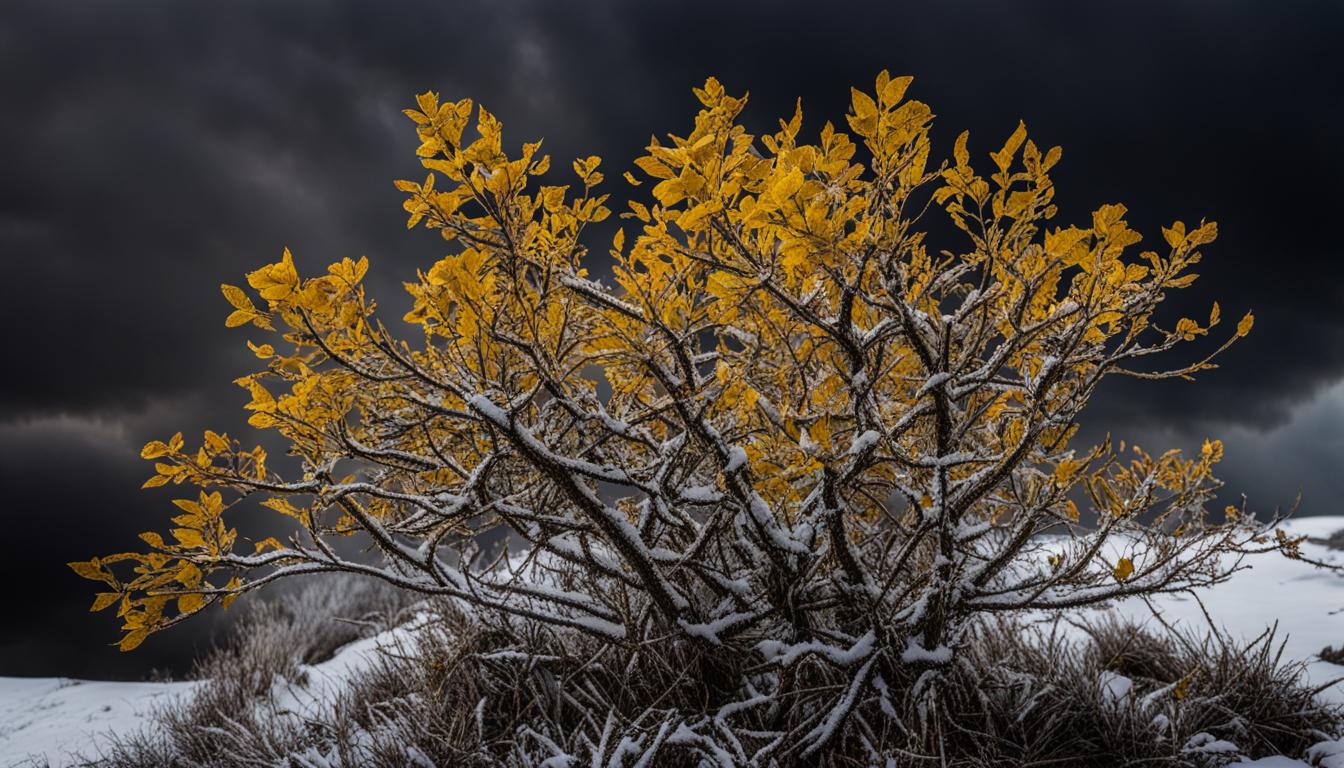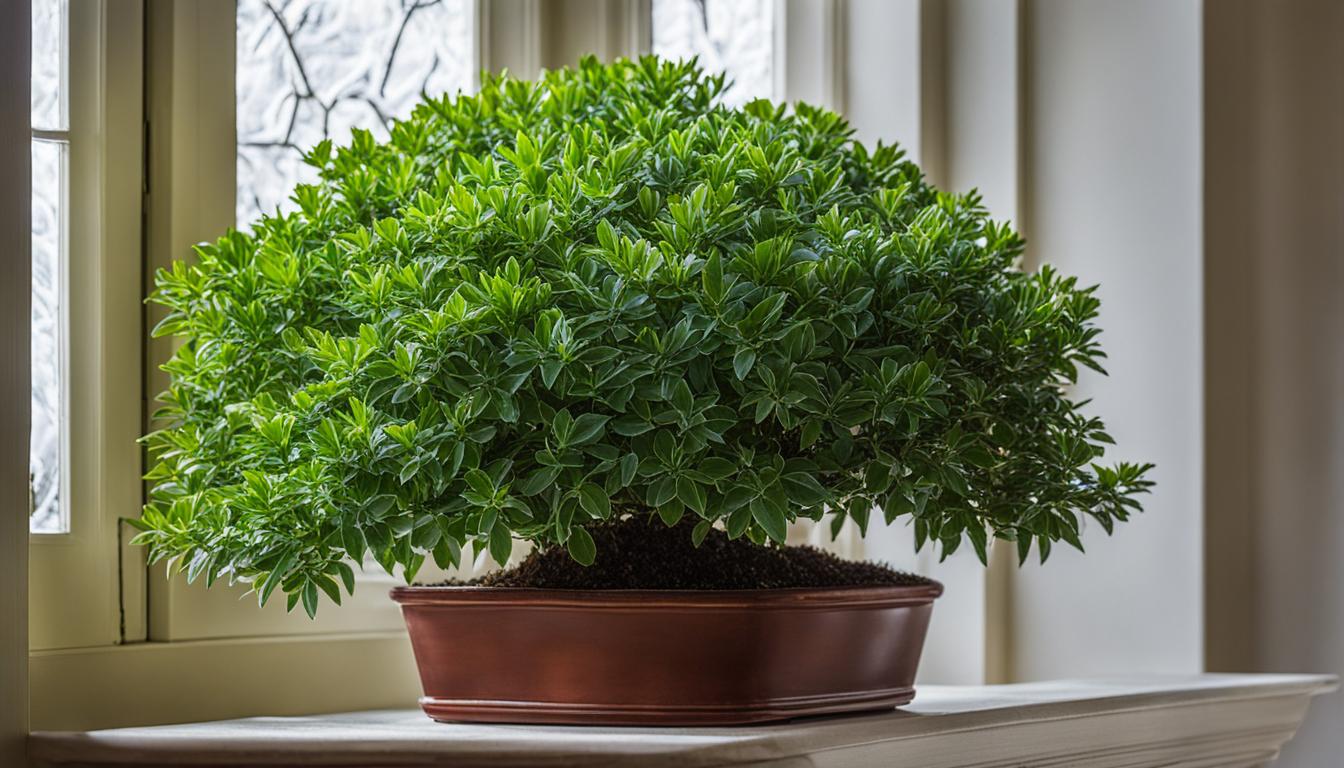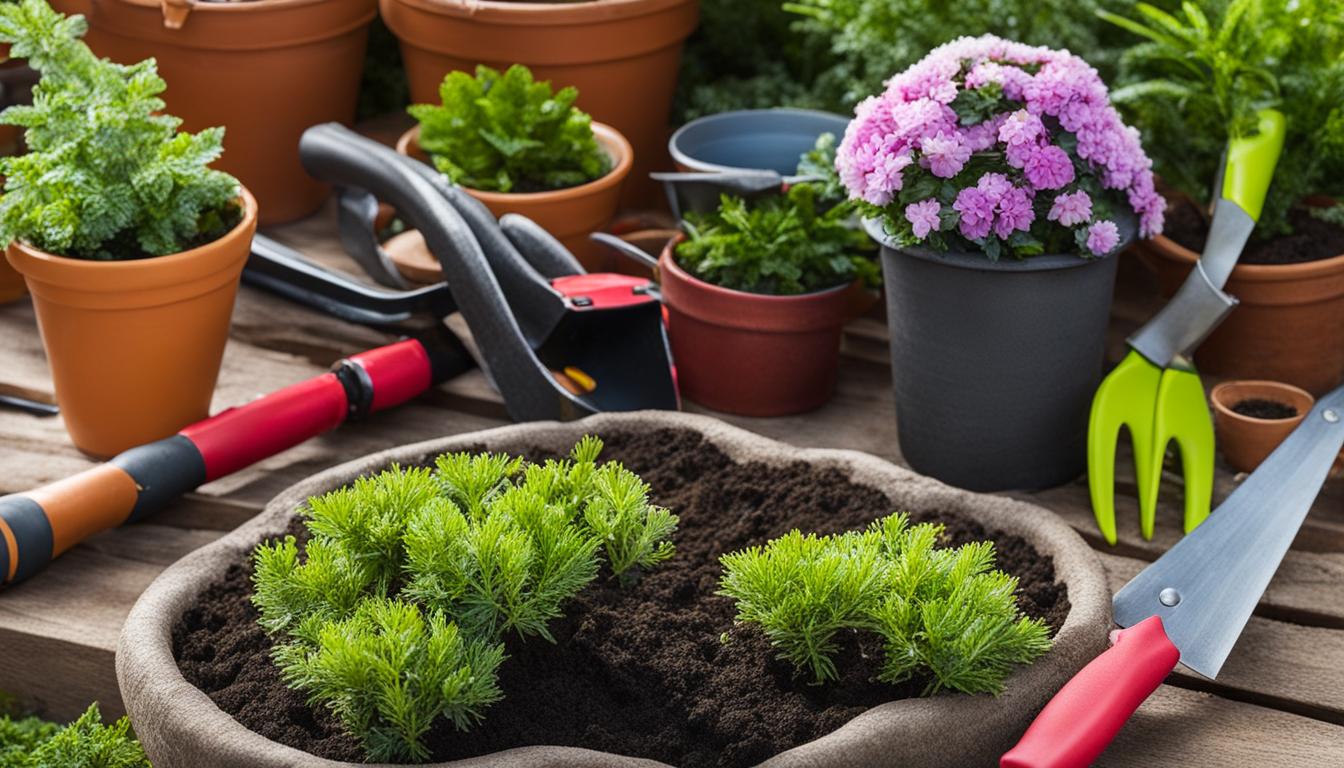Welcome to our article on the common issues of the Snow Bush Plant! If you’re a plant enthusiast or looking to add some tropical beauty to your garden, the Snow Bush Plant, also known as Breynia disticha, is a fantastic choice. This stunning plant is native to the Pacific Islands and features gorgeous snow-like foliage that can brighten up any space.
However, like any plant, the Snow Bush Plant can experience a few common issues that are important to be aware of. From pesky pests to watering woes, we’ll cover it all in this article. So, let’s dive in and discover the common problems with Snow Bush Plant, how to treat diseases, and some valuable care tips to keep your plant thriving!
One of the main issues that Snow Bush Plant owners face is dealing with pests. Caterpillars, spider mites, aphids, and whitefly can cause havoc on your plant’s foliage. However, fret not! With the use of horticultural soap and handpicking caterpillars, you can effectively control these pesky critters and protect your Snow Bush Plant from further damage.
In addition to pests, overwatering or underwatering can be a significant concern for Snow Bush Plant owners. Both these issues can lead to problems such as yellowing or wilting of leaves. Finding the right balance of moisture is key to maintaining a healthy Snow Bush Plant. We’ll be covering watering tips in the next section, so stay tuned!
Last but not least, pruning is an essential aspect of Snow Bush Plant care. Regular pruning helps control growth and maintain the desired shape of your plant. Additionally, it allows you to remove any yellowing or diseased leaves, preventing further infection. We’ll be providing a comprehensive pruning guide later in this article to help you keep your Snow Bush Plant in top shape.
By addressing these common issues, implementing proper care techniques, and troubleshooting any problems that arise, you can enjoy the beauty of the Snow Bush Plant in your garden or indoor space. So, let’s jump into the next section, where we’ll share some valuable Snow Bush Plant watering tips!
Snow Bush Plant Watering Tips
The snow bush plant, also known as Breynia disticha, requires proper watering to thrive and prevent diseases. By following these watering tips, you can troubleshoot common problems and ensure the health of your snow bush plant.
Consistent Moisture and Direct Watering
The snow bush plant needs consistent moisture in the soil to stay healthy. It should not be allowed to dry out completely between waterings. To ensure adequate moisture, water the plant directly at the soil level. This helps all areas of the root system receive water and prevents the leaves from getting wet, which can lead to fungal diseases.
Filtered and Room Temperature Water
Tap water can contain harmful particles that may affect the health of the snow bush plant. It is recommended to use filtered water to prevent any potential issues. Additionally, watering with room temperature water is ideal, as extreme temperatures can shock the plant.
Adjust Watering Frequency
The watering frequency for the snow bush plant should be adjusted based on the season. In the summer, when the plant is actively growing, more frequent watering is needed. However, in the winter, when the plant is dormant, watering should be reduced. This ensures that the plant receives the appropriate amount of moisture at different stages of growth.
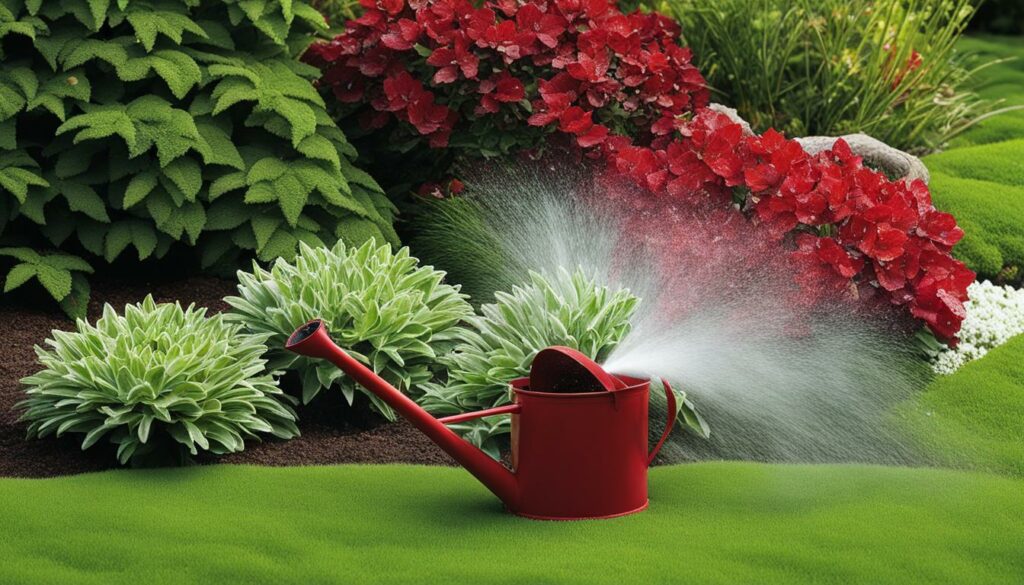
| Watering Tips | Benefits |
|---|---|
| Water directly at the soil level | Prevents fungal diseases |
| Use filtered water | Avoid harmful particles |
| Water with room temperature water | Prevents shock to the plant |
| Adjust watering frequency based on the season | Ensures appropriate moisture levels |
Snow Bush Plant Pruning Guide
Pruning is an essential aspect of maintaining the health and appearance of your snow bush plant. By following proper pruning techniques, you can control its growth, shape, and overall size. This pruning guide will provide you with the necessary steps to successfully prune your snow bush plant.
When to Prune
The best time to prune your snow bush plant is during the winter months when the plant is in its dormant phase. This is the ideal time to perform a strong pruning to control the size and shape of the plant. However, if you want to do small-scale shaping, you can also prune in the summer or autumn, but make sure not to remove more than 1/4 of the plant’s total size. Pruning off yellowing or diseased leaves is recommended to prevent further infection.
Pruning Techniques
When pruning your snow bush plant, it’s important to use clean shears to avoid cross-contamination. Start by removing any dead or damaged branches by cutting them at the base. You can also trim back any branches that are growing too tall or wide to maintain the desired shape of the plant. Additionally, you may want to thin out the plant by removing some of the inner branches to allow for better airflow and light penetration.
Maintenance Tips
After pruning your snow bush plant, it’s important to take proper care to ensure its continued health and growth. Regularly check for signs of pests and diseases, and take appropriate measures to control them. Provide adequate water and make sure to avoid overwatering or underwatering, as this can lead to stress and health issues for the plant. With proper pruning and maintenance, your snow bush plant will continue to thrive and bring beauty to your garden or indoor space.
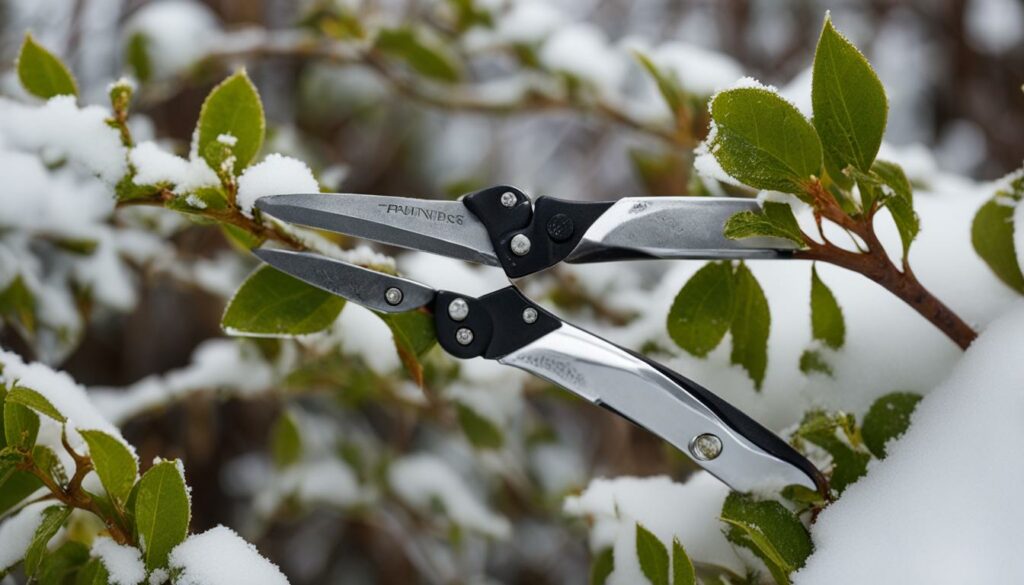
| Benefits of Pruning | Considerations |
|---|---|
| Controls growth | Use clean shears |
| Maintains shape | Prune in winter for strong pruning |
| Removes dead or damaged branches | Prune in summer or autumn for small-scale shaping |
| Improves airflow and light penetration | Do not remove more than 1/4 of the plant’s total size |
By following this pruning guide and implementing proper maintenance practices, you can keep your snow bush plant healthy and thriving year-round.
Conclusion
In conclusion, the snow bush plant is a stunning tropical plant with its snow-like foliage that can bring beauty to any garden or indoor space. However, like any plant, it can encounter some pests and diseases. Common issues include caterpillars, spider mites, aphids, and whitefly, but don’t worry, there are measures you can take to control these pests. It’s important to be vigilant and take action promptly to prevent any further damage to your snow bush plant.
Additionally, proper watering, pruning, and overall maintenance are essential for the health of your snow bush plant. Consistent moisture is key, but be careful not to overwater or underwater the plant as it can lead to problems such as root rot or leaf wilting. Pruning should be done in winter to control size and shape, while diseased or yellowing leaves should be removed to prevent further infection.
By following these care tips and troubleshooting any issues that may arise, you can ensure the longevity and beauty of your snow bush plant. Whether you’re growing it in a tropical region or in containers in colder climates, with proper care, your snow bush plant will thrive and bring joy to your surroundings. Happy gardening!
FAQ
What are some common issues with the Snow Bush Plant?
Some common issues with the Snow Bush Plant include problems with pests such as caterpillars, spider mites, aphids, and whitefly. Overwatering or underwatering can also lead to leaf yellowing or wilting.
How can I control pests on my Snow Bush Plant?
Pests on the Snow Bush Plant can be controlled using horticultural soap and by handpicking caterpillars. Regular inspection and early intervention are key to preventing infestations.
What is the best way to water the Snow Bush Plant?
The Snow Bush Plant requires consistent moisture in the soil. It is best to water the plant directly at the soil level, ensuring all areas of the root system receive adequate moisture. Filtered room temperature water is recommended to avoid harmful particles.
How often should I water my Snow Bush Plant?
The watering frequency for the Snow Bush Plant should be adjusted based on the season. More frequent watering is needed in the summer, while less is required in the winter. Avoid allowing the soil to dry out completely or overwatering, which can lead to root rot.
When should I prune my Snow Bush Plant?
The best time to prune the Snow Bush Plant is in winter, when a strong pruning can be done to control size and shape. Small-scale shaping can be done in summer or autumn, but no more than 1/4 of the total size of the plant should be pruned. Pruning off yellowing or diseased leaves is also recommended.
How do I maintain the Snow Bush Plant?
The Snow Bush Plant is a low-maintenance plant that is winter-hardy and drought-resistant. Regular pruning, proper watering, and occasional inspection for pests or diseases are key to maintaining its health and appearance.

